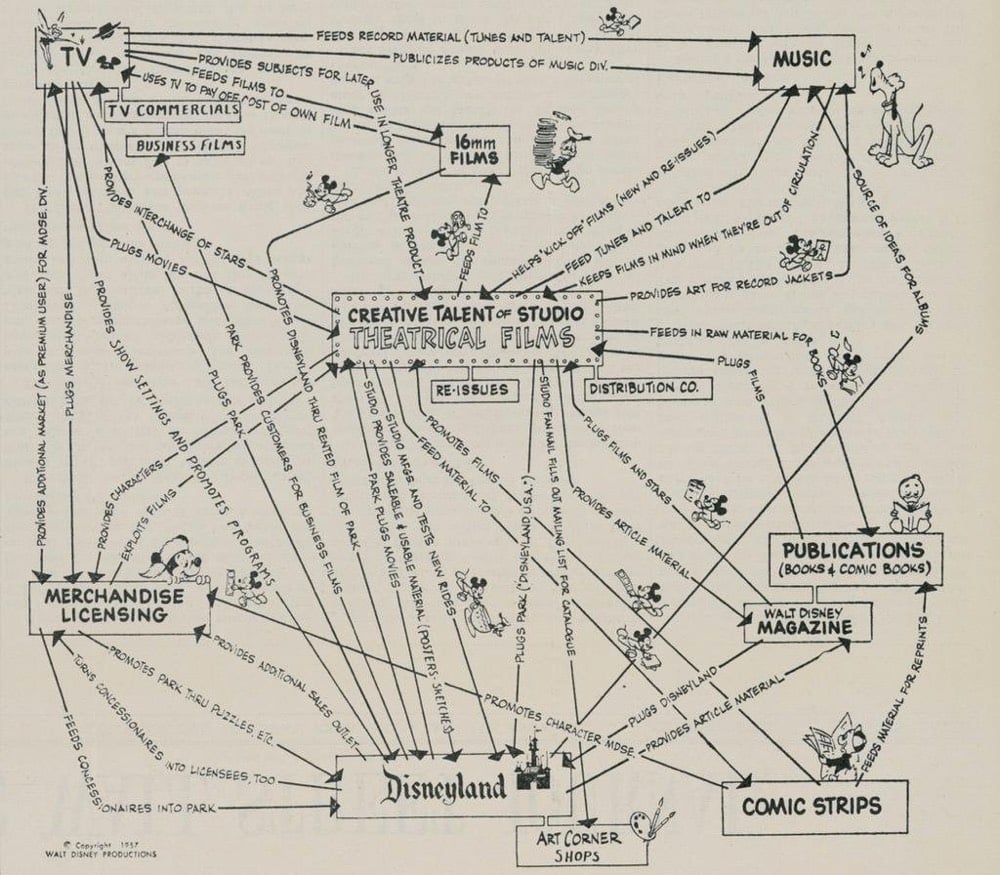In an opinion piece for the NY Times, Kara Swisher argues that Facebook’s Mark Zuckerberg “cannot hold on to such enormous power and avoid responsibility when things get tough”. She uses an analogy about a butcher shop to explain the problem at the heart of Facebook:
This week, I finally settled on a simpler comparison: Think about Facebook as a seller of meat products.
Most of the meat is produced by others, and some of the cuts are delicious and uncontaminated. But tainted meat — say, Trump steaks — also gets out the door in ever increasing amounts and without regulatory oversight.
The argument from the head butcher is this: People should be free to eat rotten hamburger, even if it wreaks havoc on their gastrointestinal tract, and the seller of the meat should not be the one to tell them which meat is good and which is bad (even though the butcher can tell in most cases).
Basically, the message is that you should find the truth through vomiting and — so sorry — maybe even death.
She goes on to say:
In this, Mr. Zuckerberg is serving up a rancid meal that he says he’s not comfortable cooking himself, even as his hands control every aspect of the operation.
What’s particularly interesting about this analogy (and Swisher is possibly referencing this between the lines here) is that in 2011, Zuckerberg’s “annual challenge” was only eating meat from animals that he had personally killed.
This year, my personal challenge is around being thankful for the food I have to eat. I think many people forget that a living being has to die for you to eat meat, so my goal revolves around not letting myself forget that and being thankful for what I have. This year I’ve basically become a vegetarian since the only meat I’m eating is from animals I’ve killed myself.
This project later led to a meme-worthy video of him smoking meat in his backyard and Zuckerberg inviting fellow tech CEO Jack Dorsey over to feast on a goat he’d raised and killed.
Dorsey said he and Zuckerberg waited around 30 minutes for the goat to cook in the oven. Afterward, Zuckerberg believed the meal was ready and the two sat together to eat.
“We go in the dining room. He puts the goat down. It was cold,” said Dorsey in Rolling Stone. “That was memorable. I don’t know if it went back in the oven. I just ate my salad.”
Surreal. If all this were from the screenplay of a proposed The Social Network sequel, there’s no way this movie gets greenlit. (via daring fireball)
From 1957, this is a drawing of the synergistic strategy of Walt Disney Productions, or what Todd Zenger of Harvard Business Review calls “a corporate theory of sustained growth”.

The boxes on the chart have changed, but since the appointment of Bob Iger as CEO, Disney has seemingly doubled down on Walt’s old strategy with their increased focus on franchises.
Disney’s dominance can be boiled down very simply to one word: franchises. Or rather, an “incessant focus on franchises” in the words of former Disney CFO Jay Rasulo.
“Everything we do is about brands and franchises,” Rasulo told a group of financial analysts last September. “Ten years ago we were more like other media companies, more broad-based, big movie slate, 20 something pictures, some franchise, some not franchise. If you look at our slate strategy now, our television strategy, almost every aspect of the company, we are oriented around brands and franchises.”
Franchises are well suited to extend across multiple parts of a big business like Disney, particularly because it’s a repeating virtuous cycle: movies drive merchandise sales and theme park visits, which in turn drives interest for sequels and spin-offs, rinse, repeat, reboot.
I wonder if more tech companies could be using this strategy more effectively. Apple does pretty well; their various hardware (iPhone, iPad, Mac), software (iOS, OS X), and services (iCloud, App Store, iTunes Store) work together effectively. Microsoft rode Office & Windows for quite awhile. Google seems a bit more all over the place — for instance, it’s unclear how their self-driving car helps their search business and Google+ largely failed to connect various offerings. Facebook seems to be headed in the right direction. Twitter? Not so much, but we’ll see how they do with new leadership. Or old leadership…I discovered Walt’s chart via interim Twitter CEO Jack Dorsey.
For this week’s New Yorker, D.T. Max has written a profile of Twitter co-founder Jack Dorsey.
Jack Dorsey, the tech entrepreneur, takes the No. 1 bus to work, and he likes to catch the 7:06. It carries him nearly from one side of San Francisco to the other-down California Street almost to Market. A ride costs two dollars, but Dorsey has a monthly pass, so the actual price, he told me on a recent commute, is closer to a dollar seventy-five. “If you buy it in bulk, it saves you a little bit of money,” he explained. As we got on, he added, “I love the bus. It’s consistent, and it runs every few minutes. But it’s also express. If I took another bus, it’d be stopping.” The offices of Square, his mobile payment-processing service, just moved. He used to follow his bus ride with a pleasant twenty-minute walk down Mission to the San Francisco Chronicle Building, where Square rented office space; now his commute ends with a short ride on a Muni train to Square’s new headquarters, which have a panoramic view of the city. When we got to the Muni stop, Dorsey, who is thirty-six, pointed it out with the excitement of a six-year-old.
No idea if this was intentional, but Max has managed to write a piece that mirrors Twitter itself: it is both substantial and full of ridiculous things.






Stay Connected